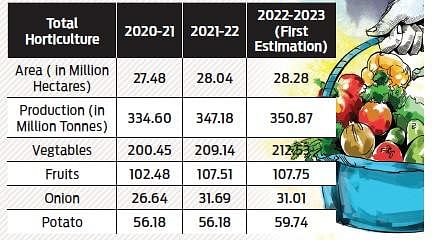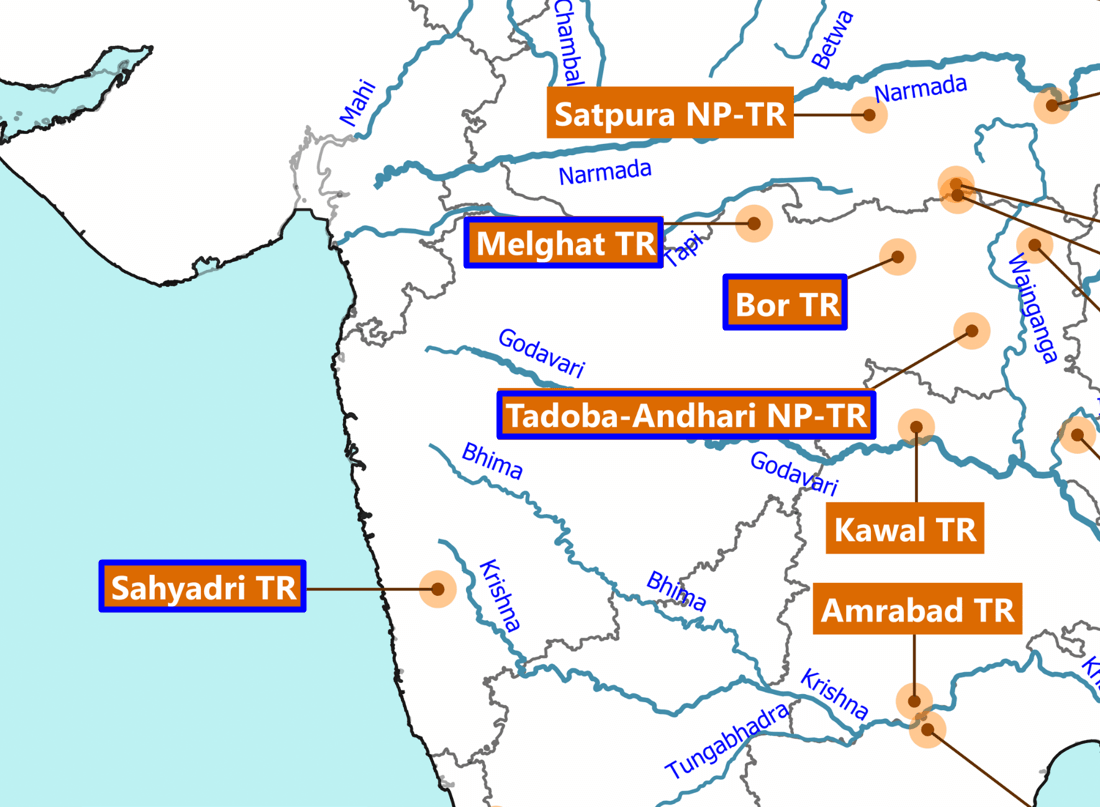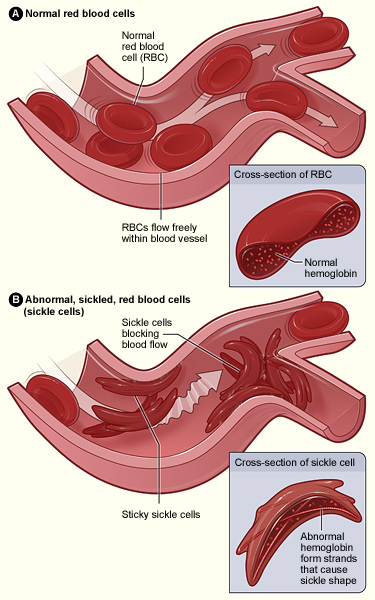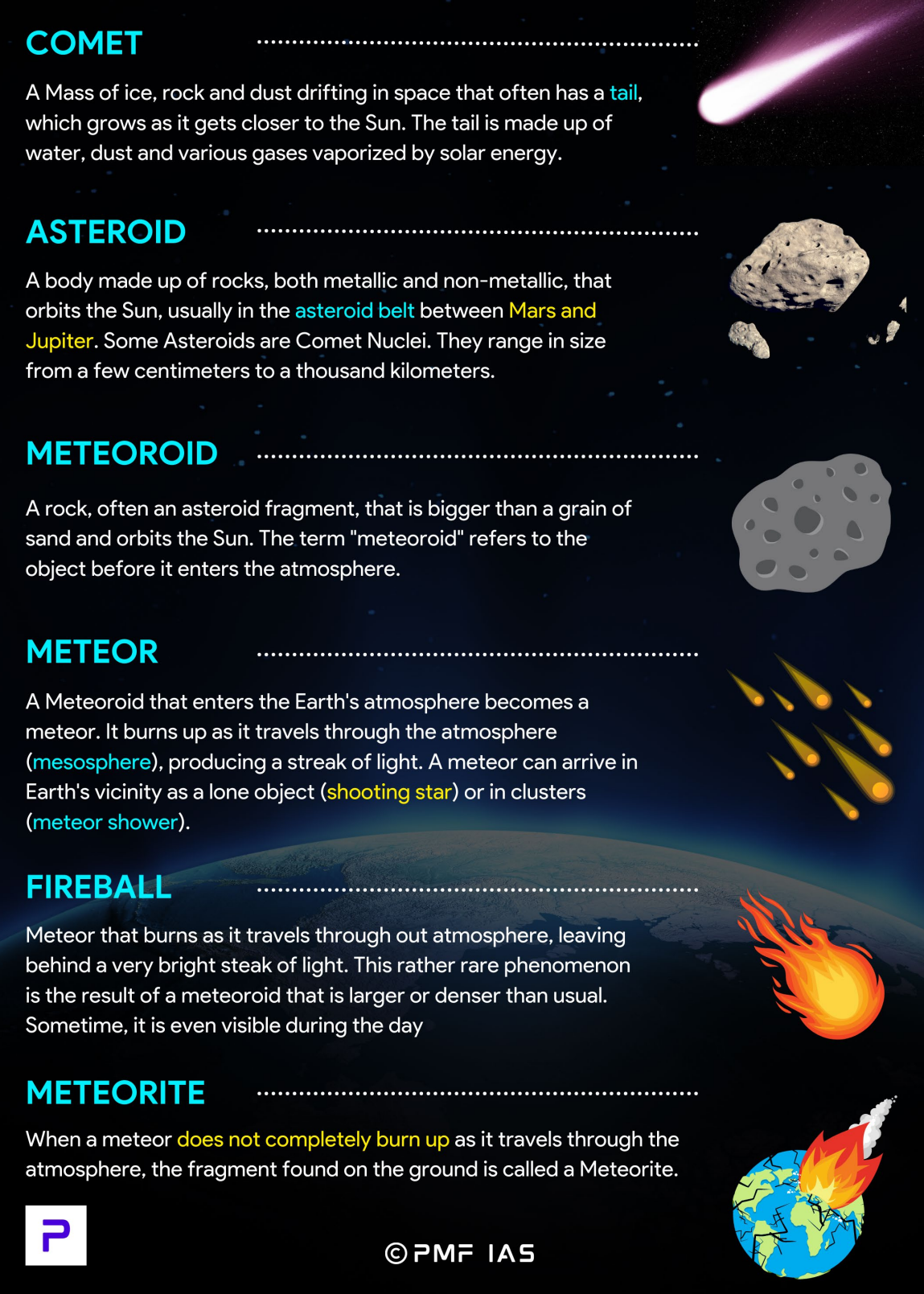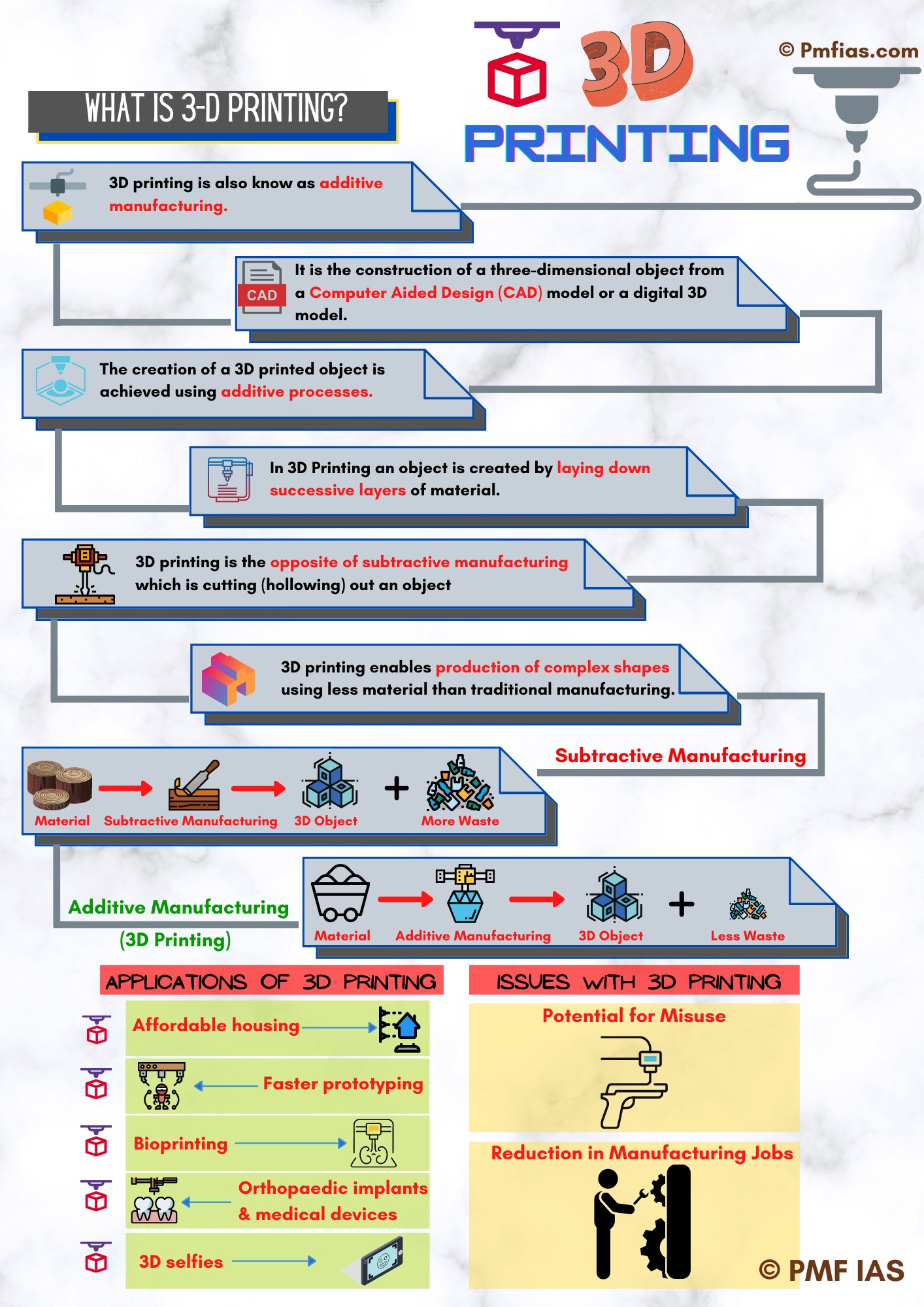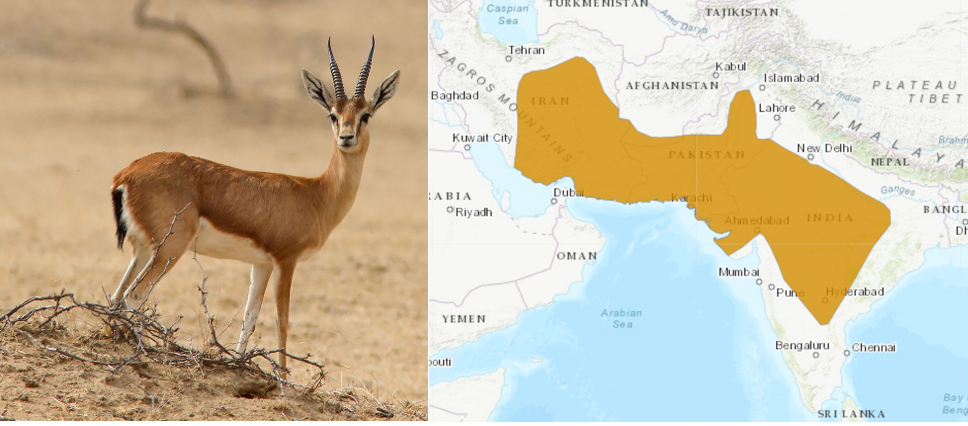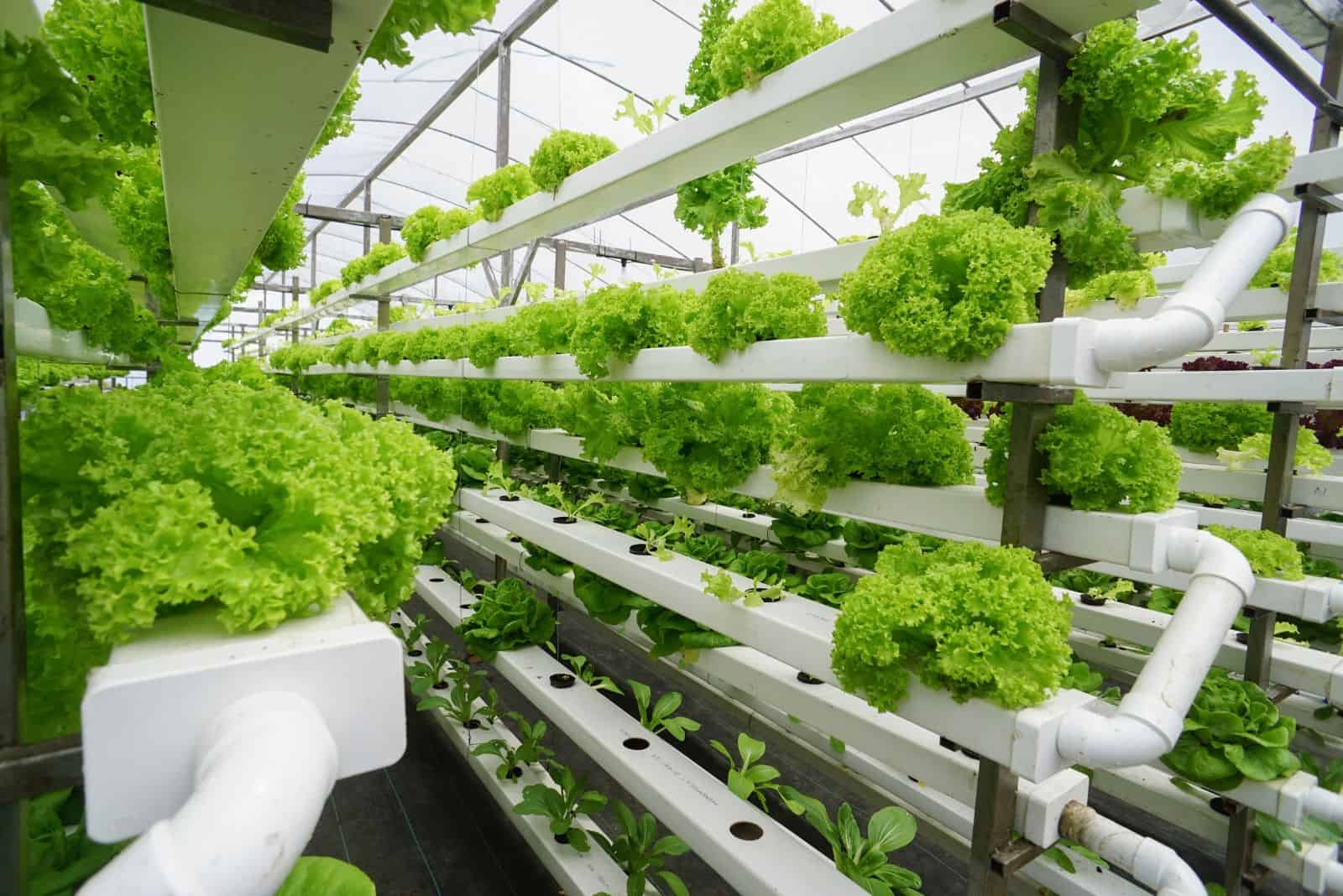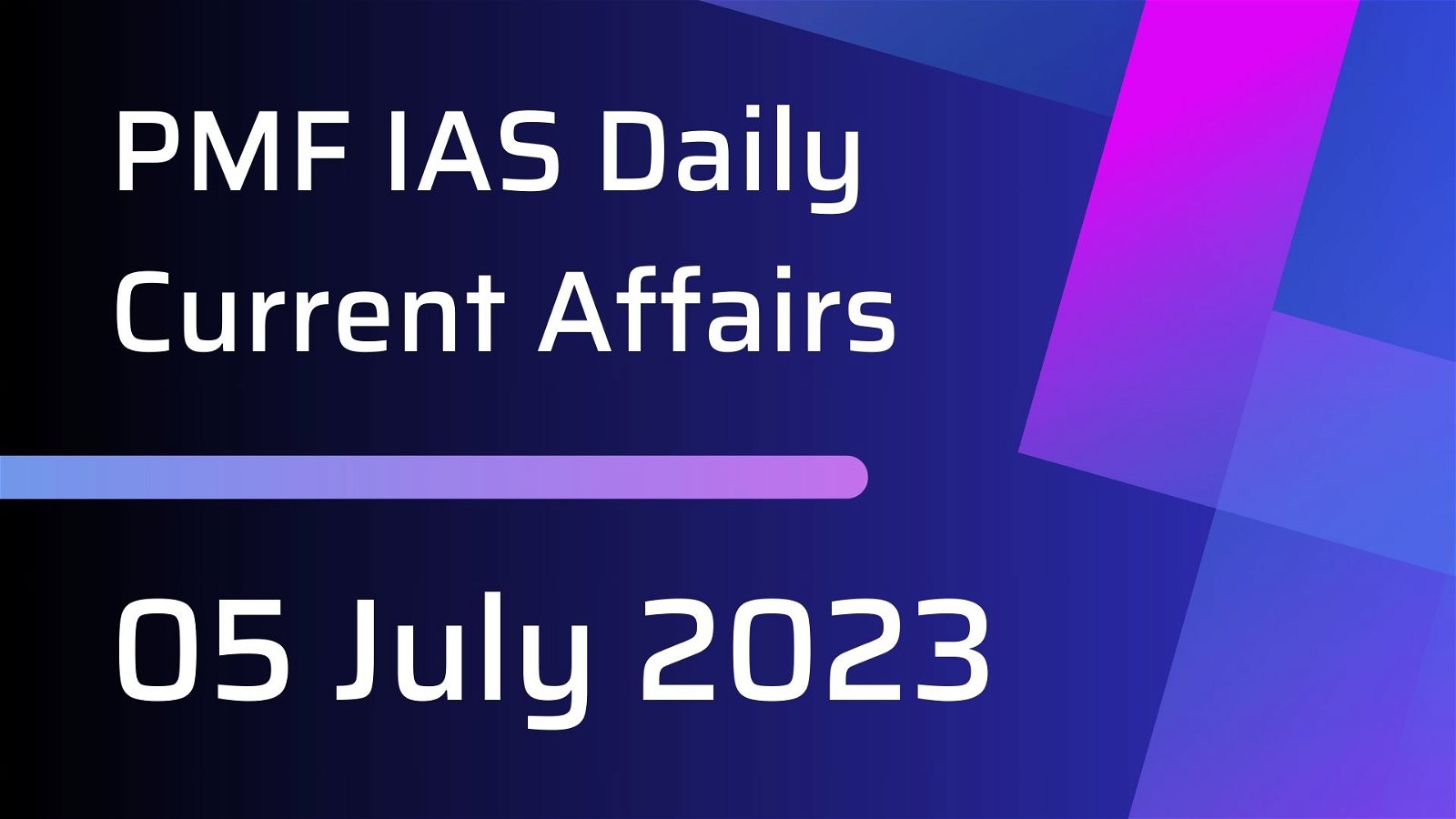
Current Affairs July 12, 2023: Nagorno-Karabakh Region (Artsakh), India and Caucasus, Law Commission, Atlantic Menhaden, Halophytes, Osprey
Subscribers of "Current Affairs" course can Download Daily Current Affairs in PDF/DOC
Subscribe to Never Miss an Important Update! Assured Discounts on New Products!
Must Join PMF IAS Telegram Channel & PMF IAS History Telegram Channel
{GS2 – IR – India-Caucasus – 2023/07/12} Nagorno-Karabakh Region (Artsakh)
- Context (TH | WION): Azerbaijan has temporarily shut the only road which links its breakaway Nagorno-Karabakh region with Armenia, accusing the Armenian branch of the Red Cross of smuggling.

- Nagorno-Karabakh is a disputed territory between Armenia and Azerbaijan in the South Caucasus mountainous region.

- Historically, the majority population of this region has been ethnically Armenian (Christian-majority).
- In 1991, following the collapse of the Soviet Union, Nagorno-Karabakh declared independence from Azerbaijan (Muslim-majority).
- No country, not even Armenia, has so far recognised the independence of Nagorno-Karabakh.
- Turkey and Pakistan openly support Azerbaijan. Russia has military bases in Armenia.

India’s Stand
- India has adopted a balanced and neutral stance and had called for respecting each others territorial integrity and inviolability of existing borders.
- Azerbaijan has shown scant regard for India’s territorial integrity violated by Pakistan in J&K.
- However, India can not support Armenia or endorse Nagorno-Karabakh’s right to self-determination, given the possible repercussions, such as India’s adversaries re-igniting secessionist movements in certain parts of India (J&K and North East).
India and Caucasus
- India has no specific policy for the Caucasus region, unlike ‘Neighbourhood First’, ‘Act East’ or ‘Central Asia Connect’ policies.
- Armenia is the only country in the region with which India has a Friendship and Cooperation Treaty (1995), which would prohibit India from providing military or any other assistance to Azerbaijan.

{GS2 – Polity – Bodies – Non-Statutory – 2023/07/12} Law Commission of India
- Context (TH): The Law Commission has sought views from the public on the UCC.
- Law Commission is a non-statutory body constituted by a notification of the Ministry of Law & Justice (MoL&J). It is composed of legal experts and is headed by a retired judge.
- It was initially constituted in 1955 and is re-constituted occasionally for a fixed tenure.
- Twenty two Commissions have been established since Independence.
Functions
- It works as an advisory body to the Ministry of Law and Justice.
- It’s function is to research and advise the Government of India on legal reform.
22nd Law Commission
- The 22nd law panel was constituted for a period of three years on February 21, 2020.
- The Commission’s three-year term ended on Feb. 20, 2023.
- The term of the panel has been extended by one-and-a-half years.
{GS3 – Envi – Adaptation – 2023/07/12} Halophytes
- Context (IE | TOI): A new species of saltwort (halophytic, seed-bearing shrubs) called Salsola Oppositifolia Desfontania, a perennial shrub that grows in saline, arid to semi-arid environments, has been discovered in the Khadir Bet, Kutch.
- A halophyte is a plant adapted to thrive in high-salt environments (e.g. mangroves), such as salt marshes, coastal areas, and saline soils. It can grow in both soil and waters of high salinity.
- Halophytes have developed unique physiological and morphological adaptations to thrive in high salinity. Some common adaptations include:
- Specialised Root System: To overcome the respiration problem in saline conditions, some halophytes send arching prop roots and stilt roots down into the water (e.g. Rhizophora). While other species send vertical Pneumatophores (air roots/blind roots) up from the mud (e.g. Avicennia).
- Mode of reproduction: Halophytes rely on viviparity, where seeds germinate in the tree itself to overcome the problem of germination in saline water (e.g. Rhizophora and Avicennia).
- Cellular sequestration: They can sequester toxic ions and salts within the cell wall or vacuoles.
- Tissue partitioning: Some of them can concentrate salts in particular leaves, which then drop off.
- Root level exclusion: They are structured to exclude salt at the root level.
- Salt excretion: Certain parts of the plant (e.g. leaves) may contain salt glands that actively eliminate salt.
- Altered flowering schedule: Halophytes may flower at rainy seasons to minimize salt exposure.
|


Khadir Bet
|
{GS3 – Envi – Degradation – 2023/07/12} Anthropocene Epoch Began in 1950s
- Context (IE | TH | TG | FP): Sediments at Crawford Lake in Canada’s Ontario, a golden spike site, have provided evidence that the Anthropocene epoch began in the 1950s.

- The sediment at the lake bottom is laced with microplastics, fly ash (spread by burning oil and coal), and plutonium (due to the detonation of nuclear weapons).
|
What is the Anthropocene Epoch?
- Anthropocene epoch is the proposed epoch that denotes the present geological time interval, which is greatly influenced by human/anthropogenic activity and started to have a significant detrimental impact on the planet’s climate and ecosystems.
- The Anthropocene epoch coincides with the onset of the Industrial Revolution.
- It is associated with global warming, sea-level rise, ocean acidification, mass-scale soil erosion, the advent of deadly heat waves, deterioration of the biosphere, and other detrimental changes.
- The proposed Anthropocene epoch marks the end of the Holocene epoch, which started about 11,700 years ago at the end of an ice age.
- It also started a new age called the Crawfordian age (named after the lake) which ended the Meghalayan Age that started 4,200 years ago.
Geologic Time Scale > PMF IAS Physical Geography 1st Edition > Page 25-29
{GS3 – S&T – Space – 2023/07/12} Most Reflective Planet
- Context (HT | NDTV | WION): European Space Agency’s exoplanet-probing Cheops space telescope has discovered the most reflective planet exoplanet (reflects 80% of the light from its host star).
- This scorching hot exoplanet called LTT9779b is more than 260 light years from Earth.
- It is surviving in a region called Neptune desert has metal clouds with rain drops of titanium.
- The planet’s metallic clouds act like a mirror and prevent the atmosphere from being blown away.
|
What are Exoplanets (Extrasolar Planets)?
- Exoplanets are planets beyond our solar system.
- These planets usually orbit other stars, but some are free-floating and orbit the galaxy‘s centre.
- The first confirmed detection of exoplanets occurred in 1992. According to NASA, more than 5,000 exoplanets have been detected to date.
- The closest exoplanet to Earth is Proxima Centauri b (which is orbiting a red dwarf star and is about 4.25 light-years away from Earth).
- Exoplanets can be gas giants bigger than Jupiter or as small and rocky as Earth.

Why do we Study Exoplanets?
- Studying exoplanets broadens our understanding of other solar systems.
- By studying the distance between an exoplanet and its host star, scientists determine whether a discovered world is habitable.
- If an exoplanet is too close to the star, it might be too hot to sustain liquid water.
- If it’s too far, it might only have frozen water.
- When a planet is at the right distance that enables it to have liquid water, it is said to be in the “Goldilocks zone”.

{Prelims – Envi – Species – 2023/07/12} Arctic Tern (Sterna paradisaea)
- Context (BBC | TG | TH): Arctic tern chicks have died in Britain’s island due to an outbreak of bird flu.
- Arctic tern, a seabird, is the longest migratory animal in the world. It flies from its Arctic breeding grounds to the Antarctic and returns back again each year.
- Distribution: Arctic, Antarctica, and cool temperate parts of North America and Eurasia.
- Habitat: Grasslands, inland wetlands and coastal regions.
- Threats: Hunting, habitat loss, diseases and alien species.
- Conservation Status:
- IUCN Red List: Least Concern
- CMS: Appendix II

{Prelims – Envi – Species – 2023/07/12} Atlantic Menhaden (Brevoortia tyrannus)
Context (IE): Overfishing of the tiny Atlantic menhaden is at the root of the declining reproductive rates of ospreys. It is degrading the overall Atlantic ecosystem.
- Atlantic menhaden is a North American tiny fish species of the herring family.

- Distribution: North Atlantic Ocean from Nova Scotia south to northern Florida.
- Habitat: coastal and estuarine waters.
- Significance: It feeds bigger fish, marine mammals, and birds and is important for the fishing industry.
- IUCN Red List: Least Concern
- Threats: Overfishing.

Osprey (Pandion haliaetus)
- Osprey (sea hawk, fish eating eagle) is a diurnal bird of prey.
- Distribution: It is found on all continents except Antarctica.
- Habitat: Forests, inland wetlands, and coastal areas.
- Conservation Status:
- IUCN Red List: Least Concern
- Wildlife Protection Act, 1972: Schedule I
- CMS: Appendix II
- Threats: Habitat loss, hunting, loss of prey and pollution.






![PMF IAS Environment for UPSC 2022-23 [paperback] PMF IAS [Nov 30, 2021]…](https://pmfias.b-cdn.net/wp-content/uploads/2024/04/pmfiasenvironmentforupsc2022-23paperbackpmfiasnov302021.jpg)



